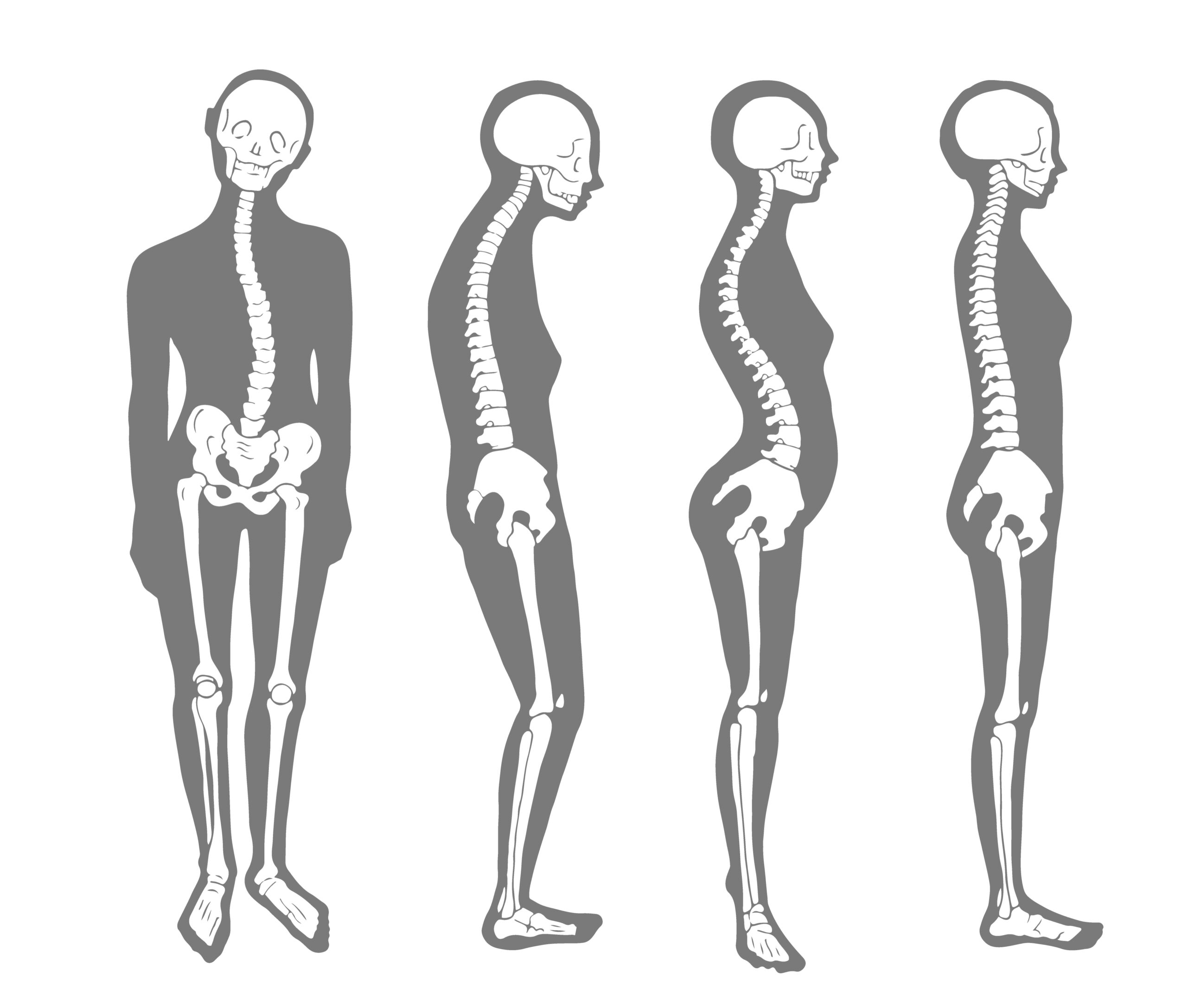Many parents may consider flat feet in children as a trivial issue, believing that it does not have any impact on their daily lives. However, that is not the case. This article will explain the harm of flat feet and provide prevention methods to help parents better understand and address this issue.
Harm of Flat Feet:
- Abnormal walking posture: Children with flat feet lack the elastic support of the arch in their feet, causing the entire sole to make almost complete contact with the ground. Over time, the insufficient shock absorption can affect the joints in the body and, in severe cases, lead to abnormal gait such as heel eversion and knock-knees. In severe cases, it may even cause spinal curvature, affecting the child's height and development.
- Foot pain while walking: Compared to individuals with normal arches, people with flat feet may experience more pain when walking long distances. Due to the lack of arch support and shock absorption, walking for extended periods can result in foot pain and fatigue. This is one of the main reasons why some children do not enjoy physical activities and feel fatigued easily
Prevention Methods
- Proper exercise: The healthy development of children's feet requires appropriate physical activity. In recent years, the prevalence of flat feet in children has been increasing, and one of the main reasons is the lack of exercise. Children should engage in activities such as toe exercises, picking up marbles with their toes, skipping rope, playing basketball, or engaging in activities that promote foot muscle and ligament strength to facilitate the development of the arches.
- Pay attention to correct sitting posture: Parents should pay attention to their child's sitting posture, especially for those with flat feet, knock-knees, or children who tend to sit with their knees or in a "W" shape. Parents should help their children develop correct posture to effectively reduce the consequences resulting from functional foot problems.
- Choose appropriate footwear: It is crucial to select suitable shoes or insoles based on the child's stage of foot development. Proper footwear or insoles can reduce the risk of foot-related issues and ligament damage. Quality shoes or insoles should possess the following characteristics:
- Different arch support options to relieve arch fatigue and prevent flat foot consequences
- A firm heel cup to stabilize the heel bone and control excessive outward rolling of the rearfoot
- Different width options in the forefoot to prevent it from being too loose or too tight, ensuring comfort
- Structured midsole design to stabilize the foot shape and enhance the support provided by the insoles
- Different arch support options to relieve arch fatigue and prevent flat foot consequences
- A firm heel cup to stabilize the heel bone and control excessive outward rolling of the rearfoot
- Different width options in the forefoot to prevent it from being too loose or too tight, ensuring comfort
- Structured midsole design to stabilize the foot shape and enhance the support provided by the insoles
- Different arch support options to relieve arch fatigue and prevent flat foot consequences
- A firm heel cup to stabilize the heel bone and control excessive outward rolling of the rearfoot
- Different width options in the forefoot to prevent it from being too loose or too tight, ensuring comfort
- Structured midsole design to stabilize the foot shape and enhance the support provided by the insoles
The problem of flat feet should not be ignored. Through appropriate exercise, paying attention to correct sitting posture, and selecting suitable footwear or insoles, it is possible to prevent and improve flat feet issues. As parents focus on their children's education, it is equally important to prioritize their healthy development. The feet are the foundation of the skeletal system, and providing the best care is a crucial step in ensuring their healthy growth.
For more professional advice and solutions regarding flat feet issues, please contact FITARCH, a team of foot correction specialists. With 11 years of experience, we have helped thousands of teachers and students in various schools. We provide custom-made insoles that cater to different developmental stages, ensuring that we can assist you and your child in finding the right solution
Lastly, it is important to remember that the arches of the feet begin to develop at around 4-5 years old and gradually take shape during the golden growth period of 6-8 years old, with basic formation completed after the age of 14. The development, morphology, and health of the arches can also have an impact on the overall skeletal system. Therefore, foot arch issues are not trivial but rather an essential aspect that parents should not overlook.




